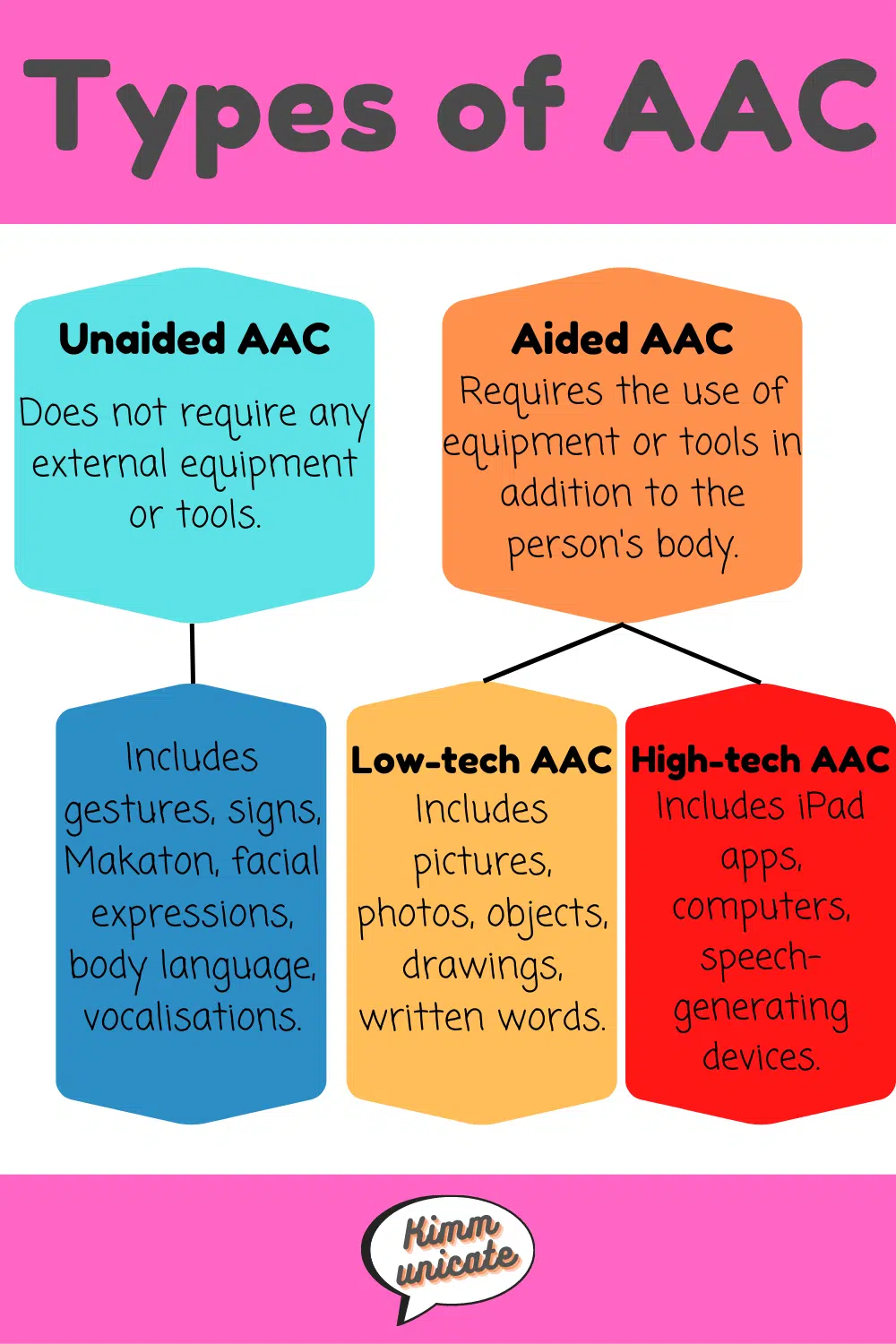Assistive technology enhances daily life for individuals with disabilities in various ways:
- Mobility aids: Wheelchairs, crutches, and canes assist people with physical disabilities in moving around.
- Communication aids: Speech-generating devices and communication boards help individuals with speech difficulties express themselves.
- Vision aids: Screen readers, Braille displays, and magnifiers enable blind or visually impaired individuals to access computers and read printed materials.
- Hearing aids: Assistive devices like hearing aids, cochlear implants, and captioning enhance hearing for those with hearing loss.
- Adaptive switches: Switches allow individuals with limited physical mobility to control electronic devices such as TVs and computers.
- Learning aids: Text-to-speech software, mind-mapping tools, and specialized keyboards assist students with learning disabilities in the classroom.
- Environmental control systems: People with physical disabilities can manage their environment by controlling devices like lights, door locks, and appliances using a single device.
Assistive technology improves the daily lives of individuals with disabilities, providing them with greater independence and accessibility. Goally, our tablet, complements assistive technology by offering engaging apps for kids, including digital visual schedules, AAC, gamified learning, and skill-building programs for life and language skills. It’s a comprehensive solution for children with disabilities.
This post was originally published on Feb. 5, 2023. It was updated on July 3, 2023.














